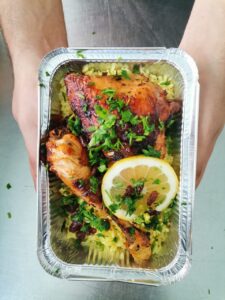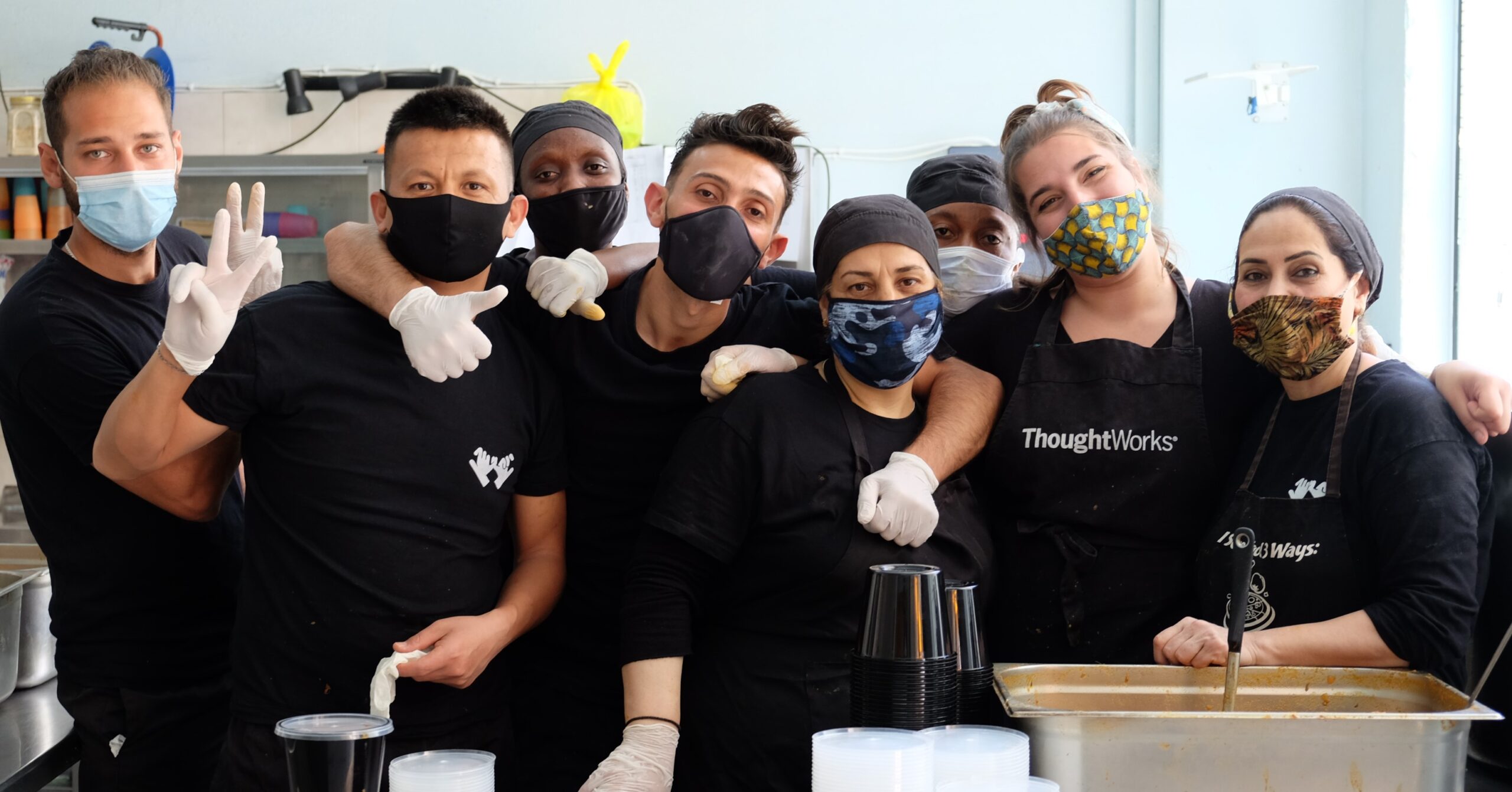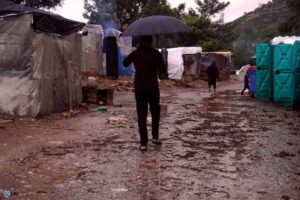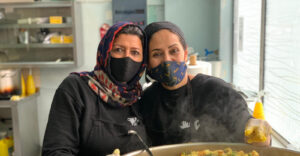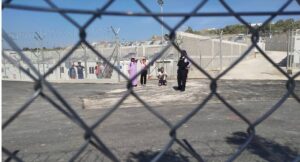Dr Gemma Bird – 01.07.2021
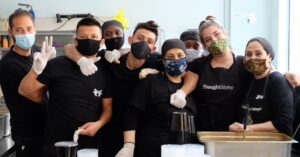
Samos is an island that has become synonymous with bordering. Like the other four ‘hotspots’ of Lesvos, Chios, Leros and Kos, since the signing of the EU-Turkey deal in 2016 the Greek island has been used as a space to hold people hoping to claim asylum in the European Union. Whilst prior to 2016 people would only transit through here, now they find themselves stuck for 2, 3, 4 years awaiting a decision on their asylum and the next stages of their life. In the first few months of 2020 over 7600 people were ‘housed’ in the Vathi Reception and Identification Centre (RIC), a space built to shelter only 648. Like the other four islands at the time, the overcrowding made the situation unbearable, with long queues for food, for access to showers, to doctors, even to toilets, as well as with an underlying tension and the very real possibility of fires and riots. On arrival on the island people were expected to find themselves a tent, a space to set it up, and to do that in either the extreme heat of summer, or the extreme storms of winter. Whilst the situation now (in July 2021) is somewhat different, less overcrowded with closer to 1000 people housed in the RIC and surrounding ‘jungle’ space the insecurity, the fear and the tension remains. Against this backdrop the need for additional support from NGOs and grassroots groups is both clear and vital.
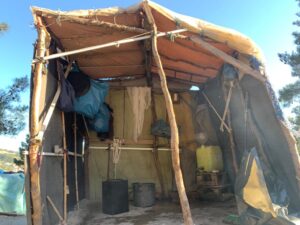
I have been regularly coming to Samos as a researcher since 2018, and combining this with volunteering for grassroots organisations supporting displaced people stuck on the island since January 2019. I have been here in the winter when the rain envelops peoples tents, when socks get so wet and muddy that they can never be dried out. When rats bite children in their sleep and the piercing cold makes it impossible to sleep in tents. I have also been here in the summer when the searing 40 degree heat leads to dehydration, when the rats are joined by snakes and scorpions and when the often inedible food provided by the catering company in the camp moulds on the sides of pathways, rotting in the midday sun.
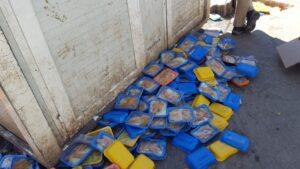
In these conditions people face hunger and malnutrition but they also face the pain of having their cultural identity, often closely linked to food, ripped away from them. What I believe is special about Project Armonia is the opportunity to create a space in which people can not only access healthy food, but work together to create food that evokes memories of home. The community that Project Armonia has been able to build, one grounded in trust, in communication, in respect, in working with rather than for people, in friendship, provides a space in which we can all learn and create together. But also a space where tasty and nutritious food can be created for the people who need it most, people who may otherwise struggle to access proper nutrition. This combination of community and basic service provision provides a model for rethinking provision and support and it is one that could, and should be replicated elsewhere.
